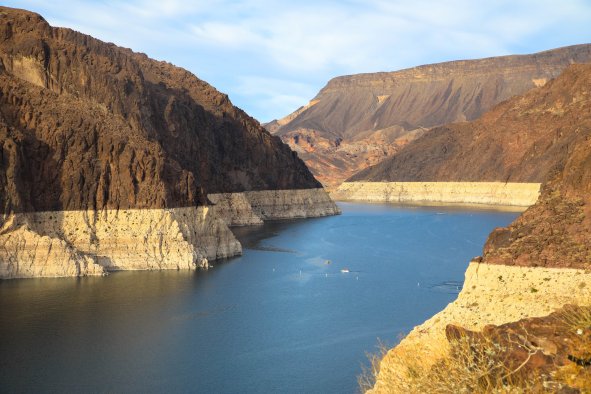An interactive map shows how Connecticut may be affected by sea level rise as climate change worsens.
The projections by the National Oceanic and Atmospheric Administration are incorporated in a national map showing that rising sea levels could encroach on several areas of the state. The map allows the viewer to see how different parts of the U.S., as well as individual states, may be affected if sea levels rise by different amounts up to 10 feet. It also calculates how populated areas would fare amid the rising levels.
Areas marked in blue show the areas of Connecticut that could be submerged if sea levels do not stop rising.
Connecticut is just one state facing significant challenges as sea levels continue to rise because of climate change. Coastal communities are particularly at risk. A combination of increasing temperatures, melting ice caps and thermal expansion of seawater is contributing to accelerated sea level rise, which is expected to have profound effects on the state.
Over 61 percent of the state's population resides in coastal areas, according to the state's Department of Energy and Environmental Protection, and nearly 30 percent work within these regions.
Neighboring states New Jersey and New York are also at risk. In fact, the map shows that much of the Eastern U.S. would be inundated with water if sea levels were to rise by just 3 feet.
At that point, water would start to go inland toward Connecticut's capital, Hartford, the map shows.
A report from the National Oceanic and Atmospheric Administration said the United States is expected to experience as much sea level rise in the next 30 years as it did over the entire past century. This projection indicates that Connecticut's shoreline could see an additional 8 to 10 inches of sea level rise by 2050, with the worst-case scenario predicting up to 15 inches.
High-tide flooding is already a concern in coastal Connecticut cities like New London and Bridgeport. These areas are experiencing more frequent flooding events, which are expected to increase as sea levels rise, according to data from the Yale Center on Climate Change and Health.
Connecticut's response to sea level rise involves a combination of local initiatives and state-level planning. The state's adopted sea level change scenario predicts a rise of 1 foot 8 inches by 2050. This guides municipalities in preparing evacuation plans, hazard mitigation strategies and revisions to conservation and development plans.
Connecticut has taken significant steps to prepare for the impact of sea level rise caused by climate change. Several projects involving community engagement, scientific research and strategic planning aim to enhance the state's resilience and protect its coastal communities from the increasing threat of flooding and rising tides.
Do you have a tip on a science story that Newsweek should be covering? Do you have a question about sea level rise? Let us know via science@newsweek.com.
Disclaimer: The copyright of this article belongs to the original author. Reposting this article is solely for the purpose of information dissemination and does not constitute any investment advice. If there is any infringement, please contact us immediately. We will make corrections or deletions as necessary. Thank you.



